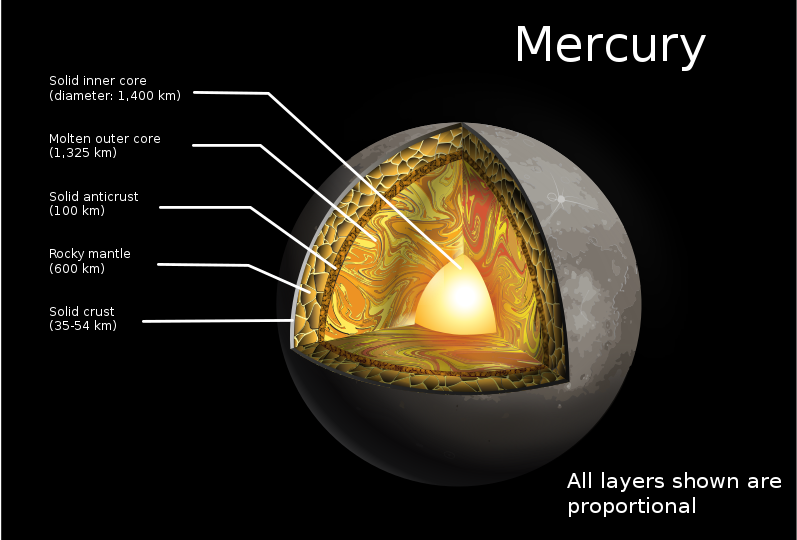Mercury
Mercury, the innermost planet of our solar system, holds a place of intrigue and fascination. Named after the Roman messenger god, this tiny world orbits closest to the Sun, boasting a unique set of characteristics that set it apart from other planets. With its rocky surface, extreme temperature fluctuations, and limited atmosphere, Mercury presents a captivating study in planetary science. Exploring Mercury provides valuable insights into the formation and evolution of our solar system, allowing us to unravel the mysteries of celestial bodies in our cosmic neighborhood.


Introduction to Mercury
Mercury, the smallest and innermost planet in our solar system, holds a captivating position in the cosmic neighborhood. Named after the Roman god of commerce and communication, Mercury's proximity to the Sun and unique characteristics make it an intriguing subject of scientific exploration. With its compact size and rocky composition, Mercury offers valuable insights into the formation and evolution of planets. Its extreme temperatures, slow rotation, and tenuous atmosphere pose fascinating challenges for scientists seeking to unravel the mysteries of our celestial surroundings. From its scorching days to its frigid nights, Mercury stands as a testament to the dynamic and diverse nature of our solar system.

Orbit and Rotation of Mercury
Mercury's orbit and rotation exhibit peculiarities that set it apart from other planets in our solar system. The planet follows an elliptical path around the Sun, with an average distance of approximately 57.9 million kilometers (36 million miles). Due to this proximity, Mercury completes an orbit much more swiftly than Earth, taking around 88 Earth days to make one revolution around the Sun. However, its rotation on its axis is notably slower. It takes about 59 Earth days for Mercury to complete a single rotation, which means that a day on Mercury (from one sunrise to the next) is significantly longer than its year (the time it takes to complete one orbit). This combination of a relatively short year and a prolonged day makes for a unique temporal rhythm on the planet, further contributing to its distinctive nature.

The surface of Mercury
The surface of Mercury is a captivating tapestry of diverse features that provide valuable insights into the planet's geological history. Although smaller than Earth, Mercury's surface is marked by vast plains, rugged highlands, and numerous impact craters. The planet's heavily cratered terrain bears resemblance to the Moon, indicating a history of intense bombardment by asteroids and comets. Some of the craters on Mercury are remarkably large, with the Caloris Basin being one of the most prominent. This enormous impact basin measures around 1,550 kilometers (960 miles) in diameter, making it one of the largest known impact features in the solar system. In addition to craters, Mercury's surface also exhibits long, winding cliffs known as scarps, caused by the planet's crustal shrinkage as it cooled over time. These scarps can stretch for hundreds of kilometers and provide evidence of tectonic activity on the planet. Furthermore, Mercury's surface has regions of smooth volcanic plains, indicating past volcanic activity that covered some of the older cratered terrains. The combination of impact craters, scarps, and volcanic plains on Mercury's surface offers scientists a window into the planet's geologic evolution and the forces that have shaped its appearance over billions of years.